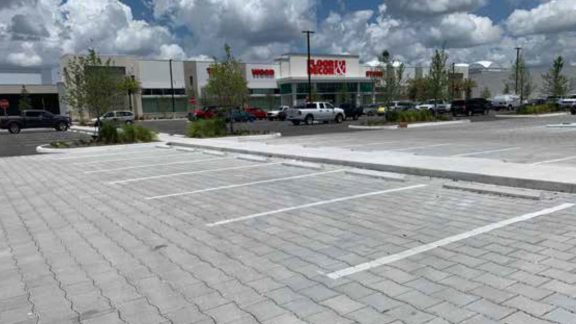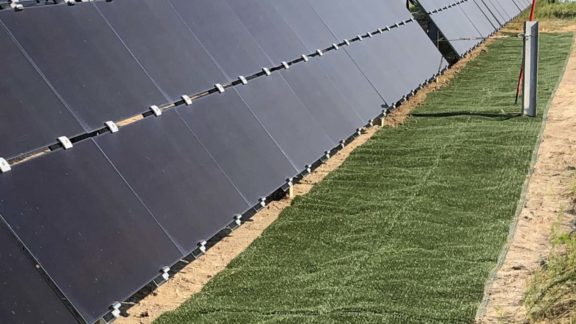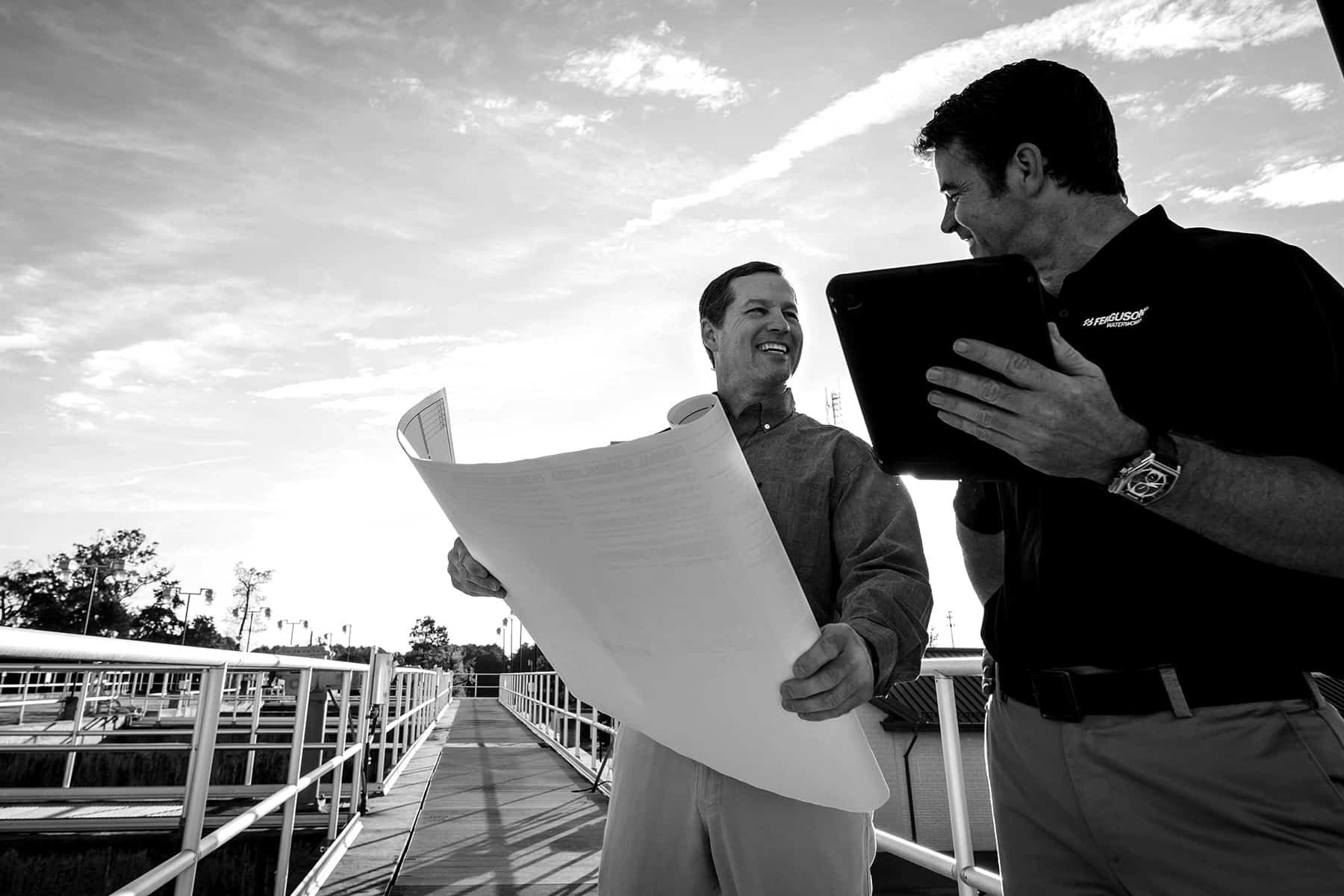Biotic Soil Media Demo: One-Step and Two-Step Application Methods
Ferguson Waterworks teams up with the United States Forest Service to develop sustainable soils on White River National Forest's steep, high-elevation slopes. Testing biotic soil applications, we showcase cost savings in time and labor meanwhile providing a solution for re-vegetation when there is little access to water.

Download Case Study




Background
Throughout the White River National Forest, steep slopes, harsh weather conditions, and short growing seasons prove challenging when it comes to establishing vegetation. In fact, the United States Forest Services struggles to meet the Forest Service Management Plan to protect soil resources and watershed health. Not to mention, the remote locations and lack of water add to the difficulty.
Challenge
Because of the soil’s low organic matter, low macro/micronutrients, and low pH, it cannot readily support vegetation. Not to mention, southwest-facing slopes are exposed to extreme summer sun and winter’s high winds and snowstorms. Furthermore, at 11,000 feet in elevation, water sources are remote. The USFS partnered with Ferguson Waterworks to help determine the most effective solution to increase the soil’s nutrients.
In order to meet the standards and guidelines of the Forest Service Management Plan and to protect our soil resources and watershed health, we’re testing biotic soil applications and additives.
Our Approach
Firstly, Ferguson Waterworks and the USFS selected a remote slope with no water access. This would be the testing site to compare the one-step versus two-step biotic soil application process. Our goal was to demonstrate the additive’s ability to withstand the environment’s harsh conditions as well as showcase the minimal labor and water requirements.
Firstly, we conducted a soil test on the slope. Then, based on the results, we determined which beneficial nutrients would provide long-term vegetation and erosion control. With the custom soil amendments ready, we demonstrated two application methods. Once applied, we monitored the test sites and compared both erosion resistance and vegetative growth.
How did we test biotic soil application methods with ProGanics® Biotic Soil Media and ProGanics DUAL?
Firstly, we used the ProGanics Calculator to determine the appropriate amount of biotic soil for the application area. Then, on half of the slope, we applied ProGanics Biotic Soil Media and high-performance hydro-mulch using a two-step application.
Next, on the other half of the slope, we applied ProGanics DUAL and soil amendments using a one-step application.
*Because native grasses can take years to achieve maximum growth, results are still pending. However, it is evident that both products and application methods have successfully prevented erosion and new vegetation has already taken root on the entire slope. This shows that the one-step method could help reduce labor and time expenses.
Product Advantages
- ProGanics BSM and ProGanics DUAL both provide significant organic matter. As a result, they promote vegetation and erosion control.
- Soil conditioners including humate, mycorrhizae, biochar, and microbiology increase soil health. This is accomplished by increasing the soil structure, speed of root establishment, and nutrient uptake.
- High-performance hydro mulch stands up to severe weather conditions, therefore providing successful erosion control.
Why Ferguson Waterworks?
Ferguson Waterworks is your partner when it comes to ecosystem restoration projects, stormwater management, and green infrastructure. Throughout this project, we teamed up with land owners, the United States Forest Service, and contractors in order to obtain the best solutions for long-term vegetation on steep, nutrient-barren slopes. The challenges faced on this project are found throughout the White River National Forest, but also throughout the Rocky Mountains. Working with our partners and using scientific data, we hope to create a long-term protocol for promoting vegetation in areas that face harsh environmental impacts and are susceptible to devastating erosion. Call today to discuss your environmental restoration project.
View Similiar Case Studies
In order to revitalize and meet stormwater codes, the abandoned parking area at the Shoppes at Fashion Square in Orlando, FL, required updates. With a permeable paving system and machine technology, we helped the client achieve their goals, save $1 million, and complete the project in just 10 days.
With solar panels in place and operational, an immediate and effective erosion control solution was imperative. Especially considering the panels were positioned next to channels, drip lines, and spillways.
After failed attempts to stabilize the earth at the Mt. Jackson Solar Farm, they required an immediate, cost-effective erosion control solution. Ferguson Waterworks was brought on board to address their ongoing concerns.



